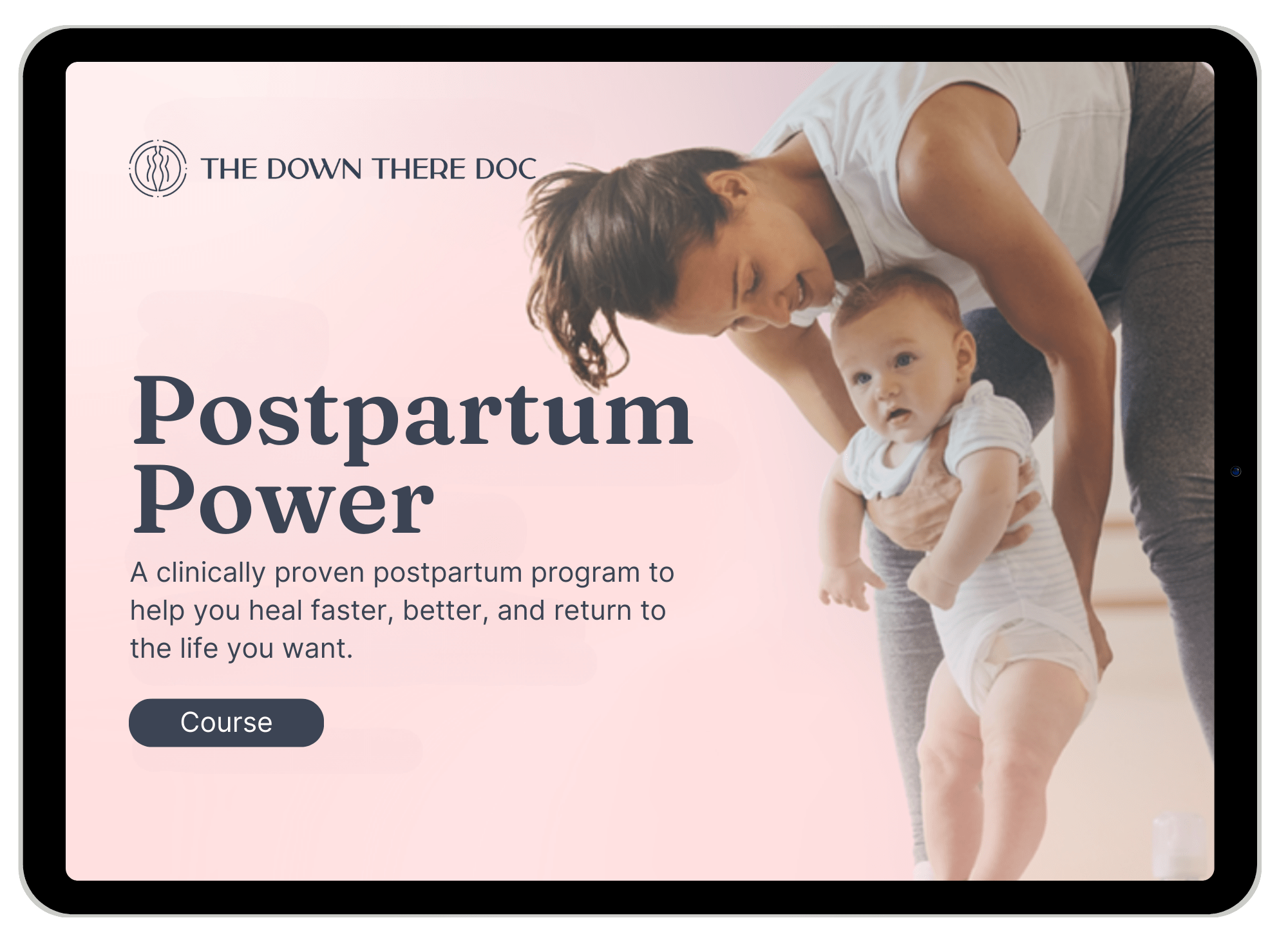Congratulations, new mama! You’ve made it through pregnancy and childbirth, and now you’re basking in the joy of holding your little one in your arms. But while you’re reveling in this new phase of life, your body is still recovering from the miraculous feat it just accomplished.
One common postpartum issue that many women face is pelvic organ prolapse. But what exactly is it, how can you prevent it, and how can it be managed and treated?
See Also

Postpartum Power
What is Pelvic Organ Prolapse?
Pelvic organ prolapse (POP) is a condition that occurs when the pelvic organs, such as the bladder, uterus, or rectum, slip down from their normal position and push against the vaginal wall. This can cause discomfort, pain, and even urinary or bowel incontinence.
There are several different types of POP that can occur after pregnancy and childbirth, including:
- Cystocele: This is when the bladder drops down and pushes against the front vaginal wall, causing a bulge.
- Rectocele: This is when the rectum pushes against the back vaginal wall, causing a bulge.
- Uterine prolapse: This is when the uterus slips down into the vaginal canal, sometimes even protruding from the vaginal opening.
- Enterocele: This is when the small intestine pushes against the top of the vaginal wall, causing a bulge.
Pelvic organ prolapse can be graded on a scale that has four parts. Although the grading differs somewhat between physical therapists and urogynecologists, it can generally be described as follows:
- Grade 1: Prolapse descends 50% of the vaginal canal when bearing down.
- Grade 2: Prolapse reaches the opening of the vaginal canal when bearing down.
- Grade 3: Prolapse extends beyond the opening of the vaginal canal.
- Grade 4: Prolapse extends 50% outside of the vaginal canal.
This grading system is used to assess the severity of the prolapse and determine the appropriate treatment plan.
How to Prevent Prolapse
Now, before you start panicking, know that POP is a common issue that many women face after childbirth. However, there are ways to prevent it and even treat it. One of the most important things you can do is to strengthen your pelvic floor muscles.
These muscles are responsible for supporting the pelvic organs and preventing them from prolapsing.
Check out my free resource “3 Postpartum Exercises to Retrain Your Pelvic Floor” to get started!
If you’re interested in REALLY diving in, my program Postpartum Power has all the tools and exercises you need to strengthen your pelvic floor and recover smoothly.
Tips for Prolapse Management
- Avoid straining or pushing during bowel movements or while lifting heavy items. Exhale through your mouth to reduce the pressure on your pelvic floor muscles. Check out this video for more tips on proper breathing techniques.
- Engage your foundation by coordinating your pelvic floor, abdominal muscles, core, and breath. You can learn more about how to properly do this HEREThis will ensure you perform a proper Kegel and get the best pelvic floor contraction.
- Consider using an over-the-counter pessary or a medical-grade silicone device that your doctor can fit you for. This can help support the prolapse and provide relief during activity or exercise.
Conclusion
While pelvic organ prolapse may sound scary, it’s a common (BUT NOT NORMAL) issue — You’re not alone. By taking care of your body and strengthening your pelvic floor muscles, you can prevent and treat POP, and enjoy this exciting new chapter of your life to the fullest.
If you want more guidance, check out our online programs and community to get started on your road to recovery, and stop letting POP be a reason you aren’t living the life you want.




